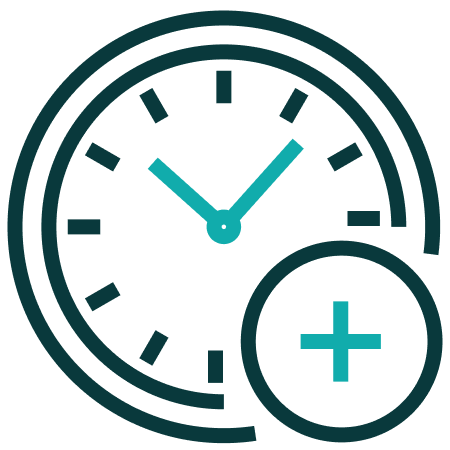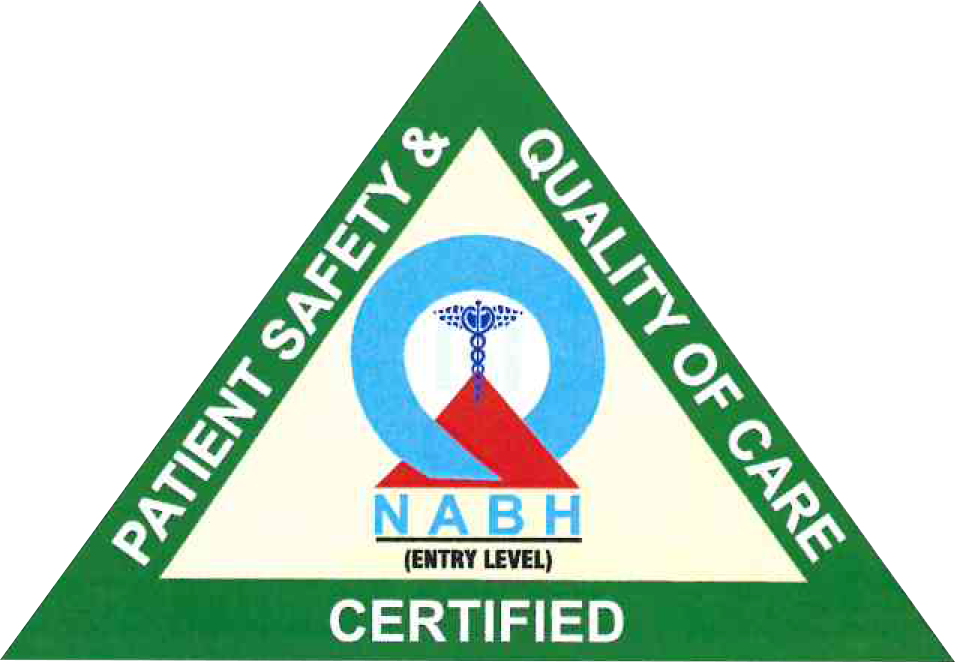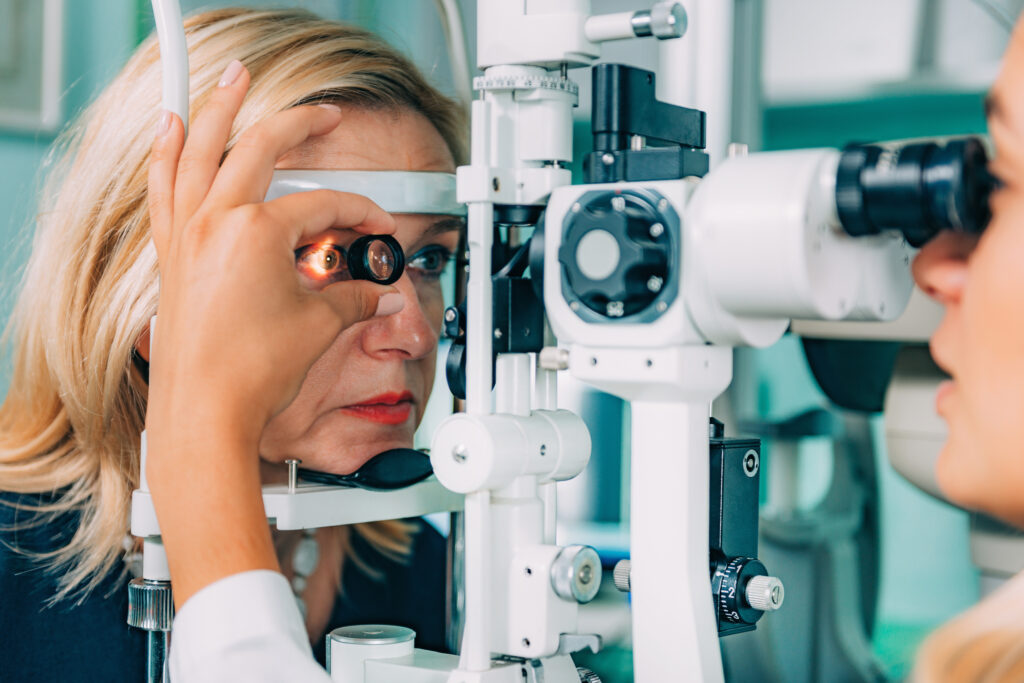
Mon - Friday 10:00am-8:00pm
Sunday - Only on prior Appointments


Sunday - Only on prior Appointments

Periodic eye and vision examinations are an important part of preventive health care. Many eye and vision problems have no obvious signs or symptoms, so you might not know a problem exists. Early diagnosis and treatment of eye and vision problems can help prevent vision loss.
Visual acuity measurements evaluate how clearly each eye is seeing. Reading charts are often used to measure visual acuity. As part of the testing, you will read letters on charts at a distance and near.
The results of visual acuity testing are written as a fraction, such as 20/40.
Preliminary tests include evaluations of depth perception, color vision, eye muscle movements, peripheral or side vision, and the way your pupils respond to light.
Measures the curvature of the cornea by focusing a circle of light on the cornea and measuring its reflection. This measurement is particularly critical in determining the proper fit for contact lenses.
Refraction determines the lens power you need to compensate for any refractive error (nearsightedness, farsightedness or astigmatism
This testing can be done without eye drops to determine how the eyes respond under normal seeing conditions. However, an optometrist will use eye drops with patients who can’t respond verbally or when some of the eyes’ focusing power may be hidden..
At the completion of the examination, your optometrist will assess and evaluate the results of the testing to determine a diagnosis and develop a treatment plan.
He or she will discuss with you the nature of any visual or eye health problems found and explain available treatment options.
If you have questions about any diagnosed eye or vision conditions, or treatment recommendations, don’t hesitate to ask your doctor for additional information or explanation.


Comprehensive Eye Examination
Cataract
Cornea & Refractive Services
Glaucoma Services
Vitreo-Retinal & UVEA
Pediatric Ophthalmology
Squint
Orbit & Oculoplasty